on a musical journey
Channing Lynn is on a musical journey
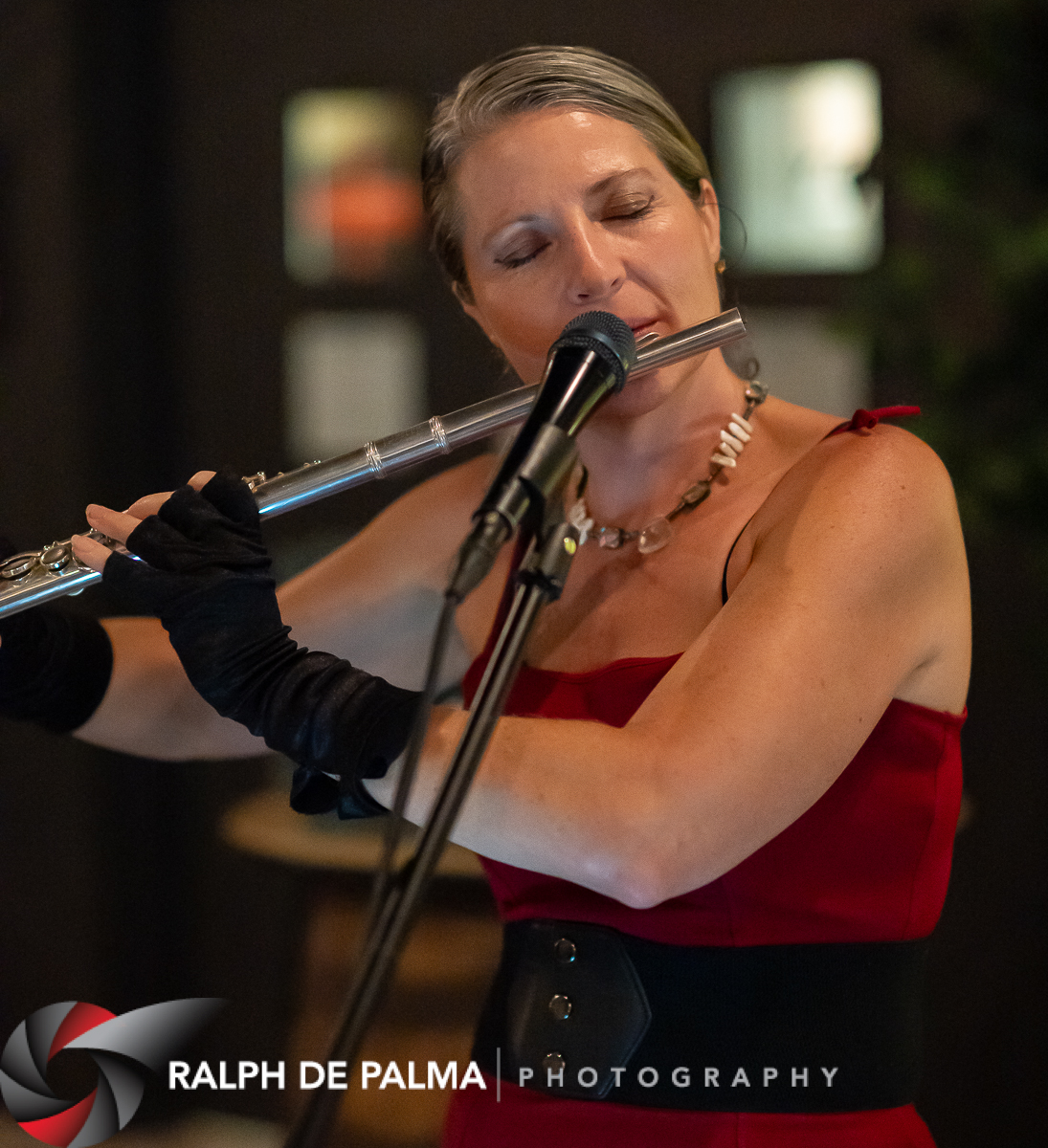
Channing Lynn Griggs and twin sister, Jillian were born in Pensacola, Florida. At a young age, music and the clarinet came to Channing’s rescue when viewing the Disney production of Sergei Prokofiev’s composition of “Peter and the Wolf”, where each character is represented by a different instrument. Ivan, the cat, was her favorite. She started playing clarinet at age 10. She attended grades 5-12 in Stafford, Virginia. She studied classical music, had tutors and private lessons, practiced and practiced, played in the school bands and orchestra and competed in all the competitions.
Channing heard about the Keys, came to Key West with no money and was busking on Duval Street with only one song. The Keys was a place for Channing to approach music as a musician. She met ‘the Captain’ (Dave Wegman) and some interesting musicians, sailed around the Caribbean, learned improvisation, and wandered like a musical gypsy for seven years and then decided to return to school to study music.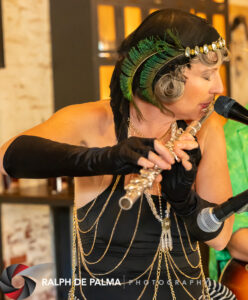
She returned to Fort Lauderdale, attended Broward Community College, received scholarships to finish her final two years at Florida State University, and in 2017, earned her degree in Music Therapy. Channing’s relationship to music was transformed – from a classically trained artist to a music therapist with a different understanding of what she was getting out of the music. She had studied clarinet, guitar, piano, and music theory for almost five years.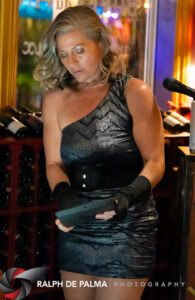
She learned how to observe music without judging the music or the musician. Her early study of classical music was rigid and formal, very self-judging. Music Therapy changed her life. It helped her to open up, engage other musicians and audience, and value music differently. To Channing, the music therapist channels music.
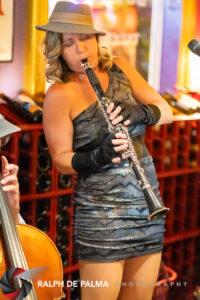 To Channing music can be your best friend – it can keep you company in a lonely dark room. Many of the early great composers struggled with life, and music was their sanctuary. Channing is attracted to music of the 1920s –1940s. To her, the jazz of the 20s is when melody was king. The music is all about the memorable and unique melody. The stories and lyrics of this great jazz is veiled in artistry, innuendo, and melody. The old jazz songs don’t usually require a vocalist to be overpowering or emoting strongly.
To Channing music can be your best friend – it can keep you company in a lonely dark room. Many of the early great composers struggled with life, and music was their sanctuary. Channing is attracted to music of the 1920s –1940s. To her, the jazz of the 20s is when melody was king. The music is all about the memorable and unique melody. The stories and lyrics of this great jazz is veiled in artistry, innuendo, and melody. The old jazz songs don’t usually require a vocalist to be overpowering or emoting strongly.
Channing worries our music is being dumbed down, where the most plays wins. Current popular music seems to be struggling with melodies. The audience requests music they enjoy. Every generation feels their music is the best. The bottom line is profit – the primitive or homogenous music is easy to make, easy to cover, and fits into the streaming segments more easily.
But to Channing, the range or complexity of a song is not as important as the value of the music to musicians and their audience. It’s basic to the preservation of music along this musical journey of life.
Channing’s latest project is the Key West Jazz Society. Rather than having different smaller projects revolving around Latin Jazz, Swing Jazz, 1940s music, Gypsy Jazz, Gatsby music, she wanted to combine everything into one large jazz project. It’s a work in progress but coming along nicely. She has built a website to highlight who, when, and where they perform.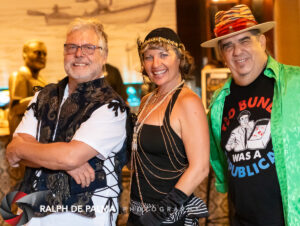
She’s also building a Vintage Remix Orchestra, charting old pop tunes and remaking them with a new jazz beat, referring to it as a “postmodern jukebox”. The instrumentation is important, especially horns, arranging everything with a Latin or Swing jazz tempo and beat. They change the rock beat to a jazz beat, change the melody, add some harmonies, and, Voilà, the Vintage Remix Orchestra has a new charted song.
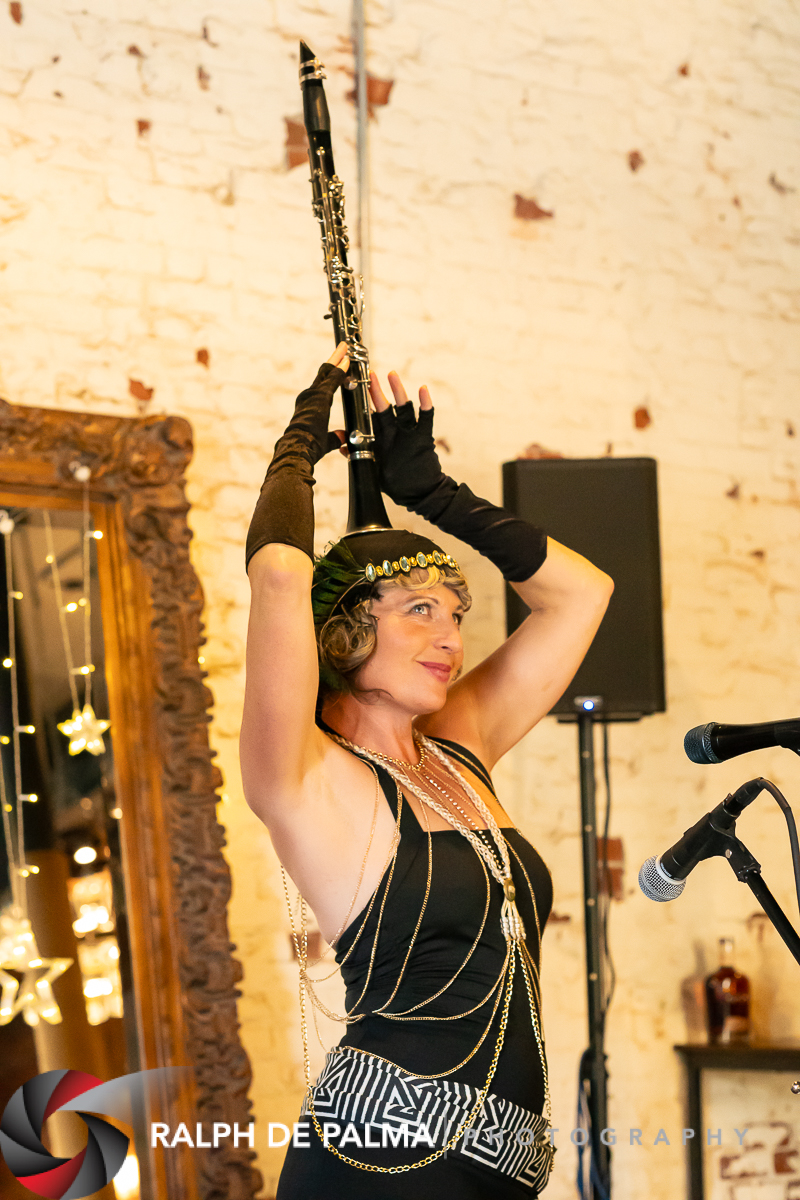
There are no comments yet, add one below.



Leave a Reply